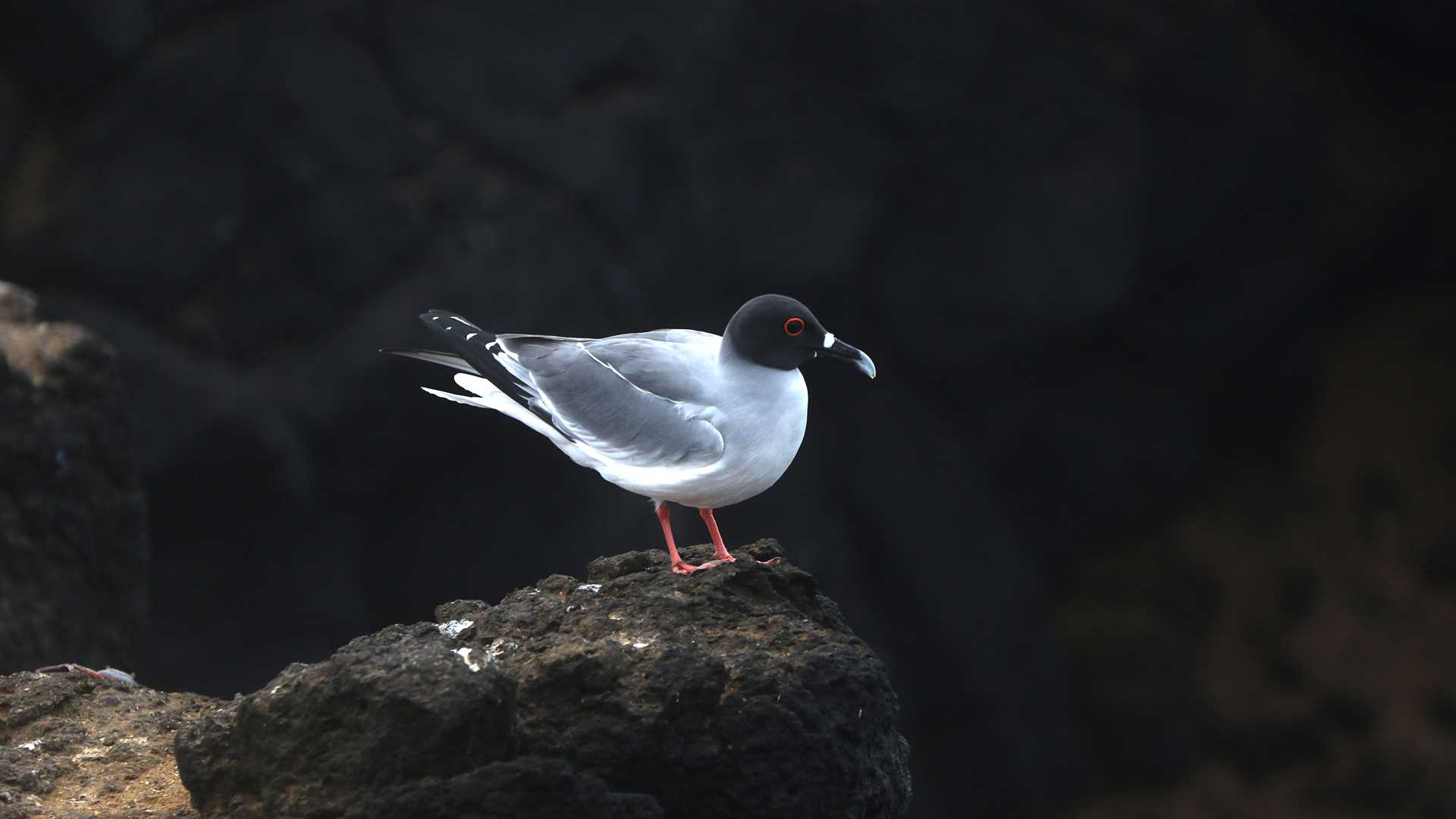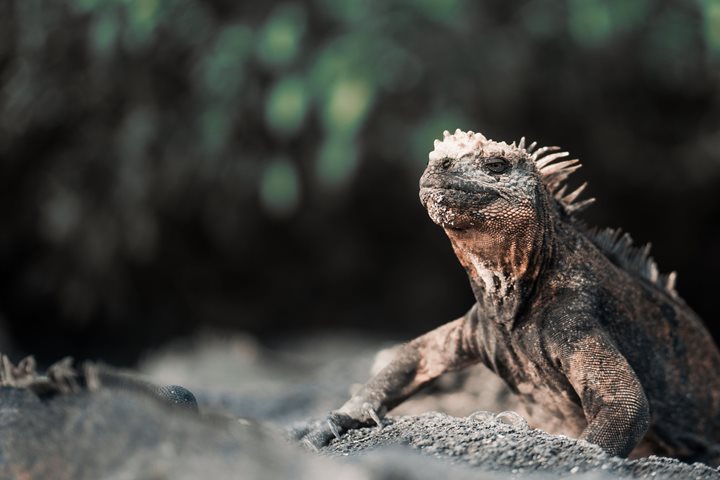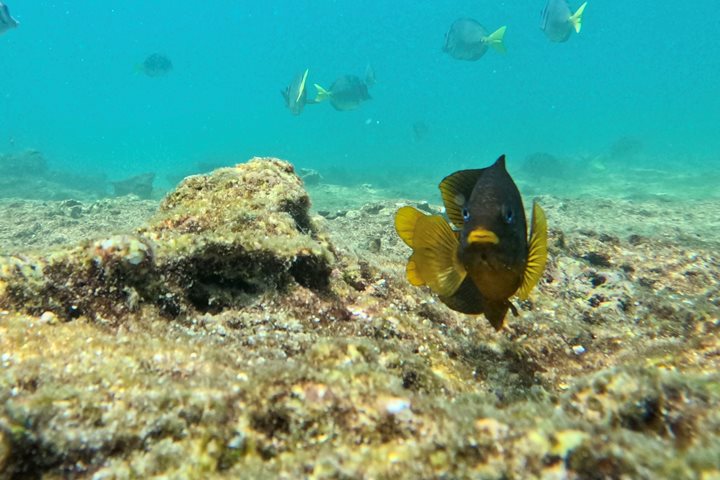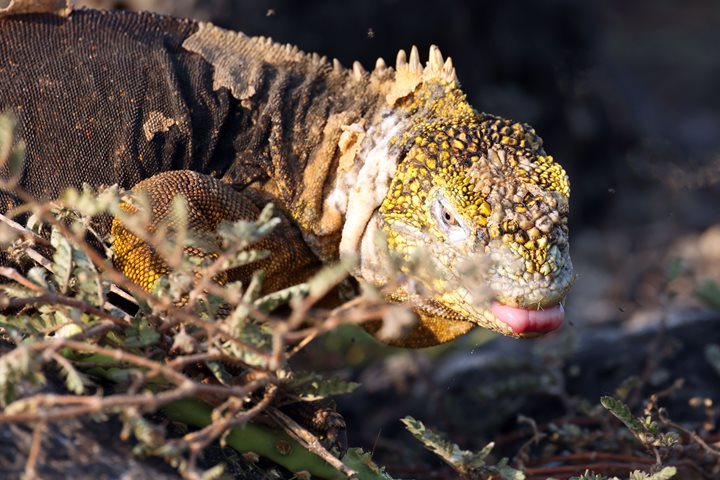Today was our first full day in the Galapagos Islands, and our expectations were high. As soon as we set foot on South Plaza Island, we realized why these islands are special to scientists and visitors alike. South Plaza is covered with wildlife. On the shore, we observed colonies of sea lions. A few feet away, we spotted land iguanas, gulls, and Darwin’s finches. There is so much to see on this little island!
We woke up anchored off South Plaza, a small piece of heaven near Santa Cruz. Our first sighting was a group of young sea lions at play by the landing jetty. A large, dominant male guarded them. A few minutes after we landed, we spotted a small flock of swallow-tailed gulls and some land iguanas sheltering beneath a cactus tree. Colorful patches of carpetweed cover the island, and we observed the cactus forest and land iguanas everywhere.
Midmorning, we spent a couple hours navigating to our next destination, the charming Santa Fe Island. Here we explored the bay in various ways. Some of us took a Zodiac tour to look for wildlife and observe scenic views of the cliffs. Others went snorkeling. In the last hours of daylight, we offered a hike in the dry forest to look for Santa Fe land iguanas.
What a fantastic day!







